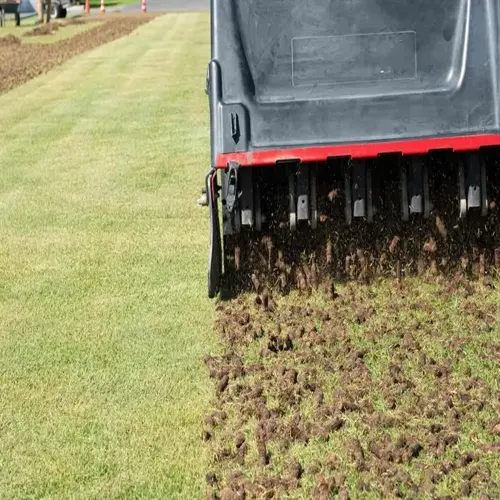What's the fastest way to correct magnesium deficiency?

Written by
Paul Reynolds
Reviewed by
Prof. Samuel Fitzgerald, Ph.D.The quickest means of correcting magnesium deficiency in tomatoes is through foliar spraying. This method gets the necessary nutrients right through the leaf, saving root trouble. I have seen yellow leaves improve in as little time as 72 hours through the use of correct techniques. It is the immediate absorption that stops the breakdown of chlorophyll. Treatment should be started upon the first signs of trouble.
Solution Preparation
- Measure precisely: 4g Epsom salts per liter water
- Use warm water (20-25°C) for complete dissolution
- Add surfactant: 1 drop dish soap per liter enhancing coverage
- Test pH: Maintain 6.0-6.5 for optimal absorption
Application Technique
- Spray at dawn: Stomata fully open for maximum uptake
- Target leaf undersides: Higher absorption than tops
- Mist until runoff: Complete coverage without dripping
- Avoid flowers: Prevents residue on developing fruits
Timeline & Frequency
- Initial improvement: New growth greens in 3-5 days
- Repeat applications: Every 5 days for severe cases
- Maximum cycles: 4 applications per season maximum
- Stop when symptoms disappear: Prevents over-application
Select the appropriate spray equipment for your application. Backpack sprayers provide even distribution with no streaking. To obtain droplets of 50-100 microns, select fine mist nozzles from a reputable equipment supplier. I always thoroughly clean out the tanks before mixing the liquids to ensure contamination does not occur. Protect your eyes from spray drift with protective goggles.
Combine foliar treatments with soil treatments for a long-term solution. A short-term foliar spray will provide immediate relief, but a soil drench should be implemented afterward. This combination offers a solution for the current symptoms while enhancing the reserves. I do the soil applications two days after the first foliar treatment. This combination prevents recurrence of deficiency.
Observe the plants after application. Every day, visually check new leaves and look for signs of greening. Record progress with photographs as well. I check the chlorophyll content of leaves weekly using handheld meters, as a way to quantify recovery and ensure that treatments are effective. Adjust frequency based on halted improvements.
Avoiding future problems after an initial correction and testing the soil to indicate possible causes and increasing organic matter content by adding compost. I add dolomitic lime in between seasons to adjust pH levels. All of these things will promote strong plants that need less emergency treatment after an initial treatment.
Read the full article: Magnesium Deficiency Tomatoes: Complete Grower Guide

